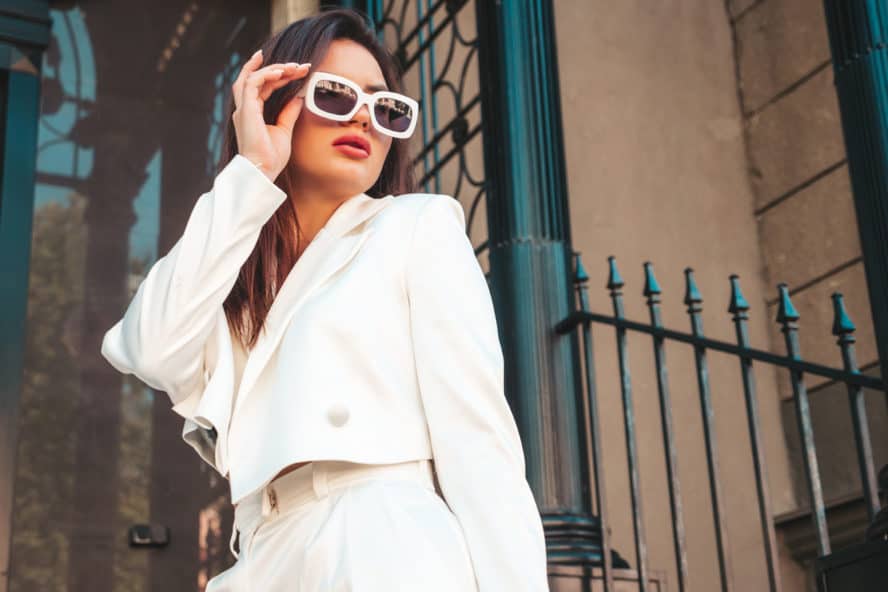The impact of COVID on the fashion industry has shown brands large and small that a new era of change and collaboration has begun in the fashion world. Denise Baca, a luxury fashion executive who has worked with companies such as Neiman Marcus, Gucci, and Prada, shared her advice on Fashion Mingle’s Mastermind on how you can adapt your fashion business to the post-COVID fashion industry to create partnerships in both the wholesale and retail arenas.
Adapting to a Post-COVID Fashion Industry
5 Things You Will Learn:
- What is the future of wholesale?
- How to effectively communicate and sell your brand in today’s environment.
- Which brands will thrive now?
- What retailers need to consider right now.
- The future of fashion shows and what it means for your business.
In the words of Fashion Mingle CEO Melissa Shea, one of the biggest silver linings to the COVID pandemic is that everyone in the fashion world is rethinking everything they’ve ever done. Denise highlights the importance of flexibility in the face of unknowns, because while retail is certainly not dead, it needs to readjust in order to meet new demands. The focus should be on communication with clients through an investment in technology that works to humanize retail.
Randi Seiff, a branding expert that tackles product development from start to finish and the head of Randi Seiff Designs, mentions how communicated authenticity and transparency is what the customer connects to. Without building a client relationship, retailers are losing the touch and engagement that keeps brick and mortar establishments in control of 80-85% of the luxury retail industry. The new COVID fashion industry requires that brands continue to seek out relationships with large corporations such as Neiman Marcus and Nordstrom for the widespread publicity they can provide.
Moving forward, it’s clear the post-COVID fashion industry requires significant collaboration between individual players in the fashion world. Etu Evans, a celebrity shoe designer who also has extensive experience designing accessories and interiors, points out how luxury’s definition and audience are constantly evolving; tapping into different communities by being in touch with their culture will expand luxury’s clientele. Achieving brand-wide consistency and communicating specific benefits contributes to the storytelling aspect of retail, allowing customers to understand how and why a brand exists.
While the concept of fashion shows is still important given that the full creative experience cannot be captured digitally, shows will most likely be smaller and fewer in the years to come. Taline Assdourian, a luxury bridalwear and evening wear designer based in Canada and the founder of Taline Designs, reflects on the difficulty of securing the expertise and overall experience through the online format that the COVID pandemic requires. In these situations it becomes more important than ever that retailers maintain information about their clients’ preferences while expanding social media engagement to increase a sense of connection.
Despite the challenges of a post-COVID fashion industry, there are numerous upsides and opportunities for improvement that would not present themselves under normal circumstances. By adopting an open mindset and a broader notion of what is possible, brands will be able to meet or even exceed the demands of these unprecedented times.
To learn more about where the fashion industry is headed, sign up for a free Fashion Mingle profile and get more access to fashion industry professionals that can help you position your business for success.
- How to Tell Your Fashion Business Story: 3 Simple Ways to Improve Your Marketing - July 23, 2021
- Fashion Partnerships and Joint Ventures: 10 Tips for Success - July 23, 2021
- Beautiisoles Fulfills Every Woman’s Dream of Fashionable Comfortable Shoes! - January 4, 2021
- 2020 Holiday Gift Guide - November 13, 2020
- Get Your Tickets Now to the Ethical Fashion Festival – November 5, 6, & 7 - November 4, 2020


